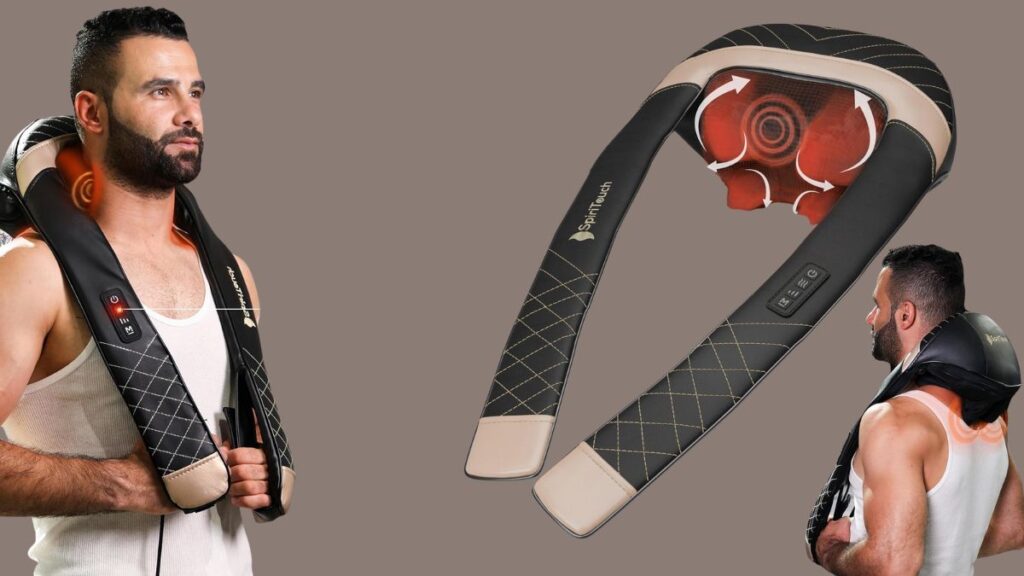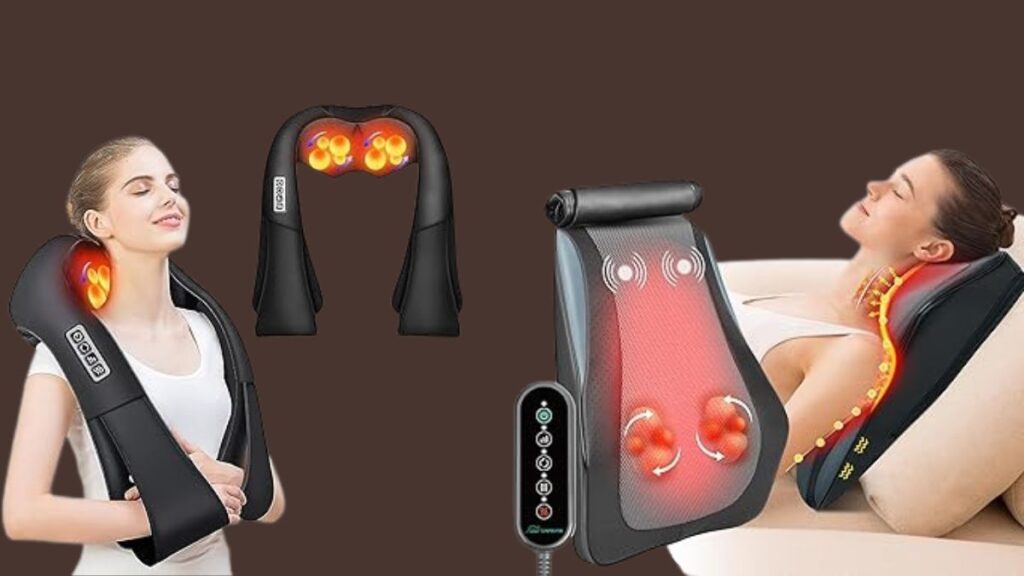
Neck and shoulder pain is one of the most common complaints among adults, especially in today’s fast-paced, digitally driven world. Whether you’re stuck in front of a laptop for hours, constantly on your phone, or dealing with the physical and mental stress of daily life, that tight, nagging ache in your upper body is something many of us are all too familiar with. The good news? You don’t have to live with it.
Neck and shoulder massagers have emerged as a go-to solution for instant, at-home relief. They mimic professional massage techniques, such as kneading, tapping, and shiatsu, to loosen knots, improve blood flow, and ease stress. And the best part—they do it in the comfort of your home without costing you a fortune.
These modern-day gadgets are not only convenient but also effective. With advancements in technology, today’s massagers come with heating options, adjustable speeds, ergonomic designs, and even portability, making it easier than ever to get the relief you need anytime, anywhere. Whether you’re suffering from chronic pain, recovering from an injury, or just need to de-stress after a long day, a good massager can make all the difference. More Amazon Products Here
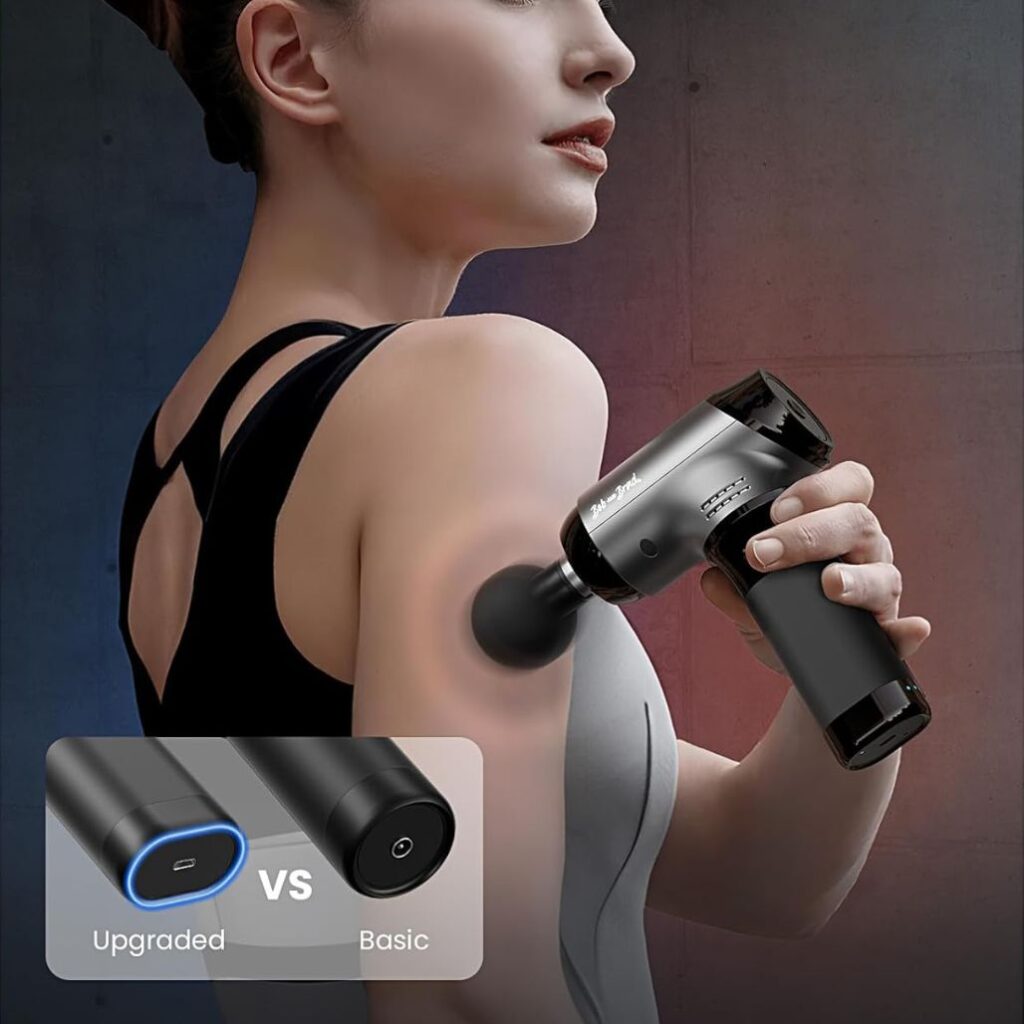
BOB AND BRAD T2 Pro Massage Gun with Heat and Cold, Deep Tissue Percussion Massager Gun, Muscle Massager, Electric Back Massagers for Professional Athletes Home Gym, FSA and HSA Eligible.
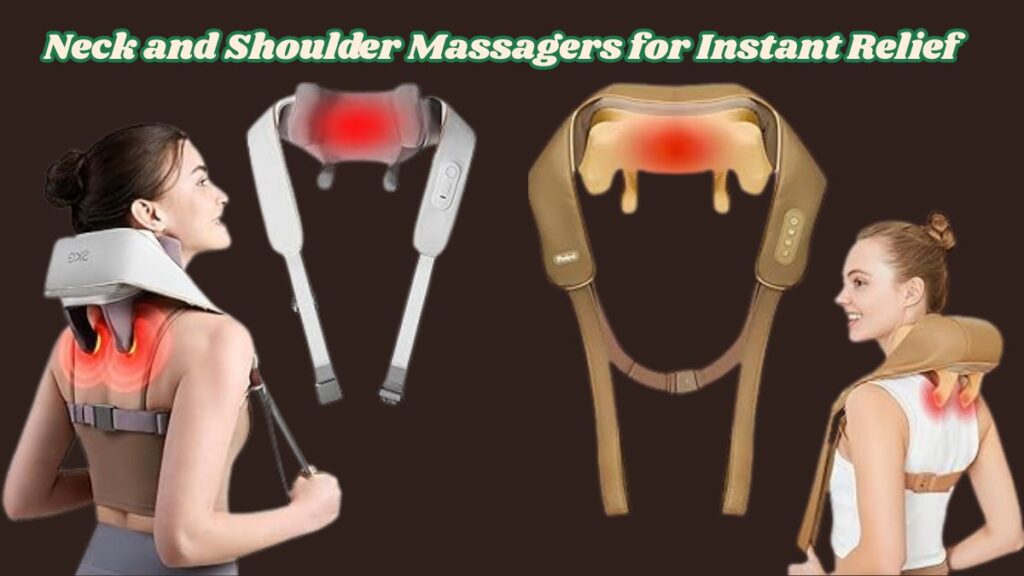
Pain Relief and Posture Improvement
Consistent use can reduce the frequency and intensity of chronic pain caused by poor posture, tension headaches, or muscle imbalances. Targeting tight areas in your upper back, shoulders, and neck can help re-align your posture naturally, especially when paired with exercises or ergonomic improvements in your daily routine.
In short, what seems like a small 15-minute routine can translate into better days, more restful nights, and a healthier, more relaxed you.
How to Use a Neck and Shoulder Massager Effectively
Getting the most out of your massager isn’t just about turning it on and leaning back. Proper usage techniques can significantly enhance its effectiveness and prevent unnecessary discomfort or injury.
Ideal Duration and Frequency
Most experts recommend using your massager for about 15 to 20 minutes per session, depending on the intensity of the device. Overuse—especially with deep tissue models—can lead to soreness or bruising. Stick to once or twice a day, unless the device manufacturer suggests otherwise.
Start slow. Use the lowest intensity and work your way up as your body adjusts. If your massager offers heat, it’s wise to limit its use to 20 minutes max to avoid overheating the skin.
Precautions and Safety Tips
- Don’t use directly on the spine or bones. Focus on the muscles for safe and effective results.
- If you’re using a massager with heat, avoid using it on bare skin to prevent burns.
- Avoid falling asleep while using the device. Use auto shut-off functions when available.
- People with pacemakers, blood pressure issues, or pregnant women should consult a doctor before use.
- Keep it clean. Use wipes or washable covers to maintain hygiene.
Best Times to Use a Massager
- After work or workouts: Helps reduce muscle fatigue and encourages recovery.
- Before bed: Calms the nervous system, setting the stage for better sleep.
- During breaks: Ideal for office workers who sit for long periods.
A neck and shoulder massager is an incredible tool, but like any tool, it works best when used correctly. Stick to recommended guidelines, listen to your body, and you’ll experience the full benefits safely and efficiently.
Benefits of Regular Neck and Shoulder Massage
When used consistently, neck and shoulder massagers do more than just offer momentary relief—they bring about a cascade of long-term benefits that impact both physical and mental health. Whether you’re trying to reduce daily tension or cope with chronic pain, the consistent use of a quality massager can be a game-changer.
Stress Reduction
One of the most immediate and noticeable effects of using a massager is stress relief. In today’s hyperconnected world, tension accumulates not just physically but emotionally. A soothing massage releases endorphins, the body’s natural “feel-good” chemicals, which reduce cortisol levels (your stress hormone). This helps you unwind mentally while your muscles relax physically. Regular massage sessions can improve your overall mood, help manage anxiety, and even fight off symptoms of mild depression.
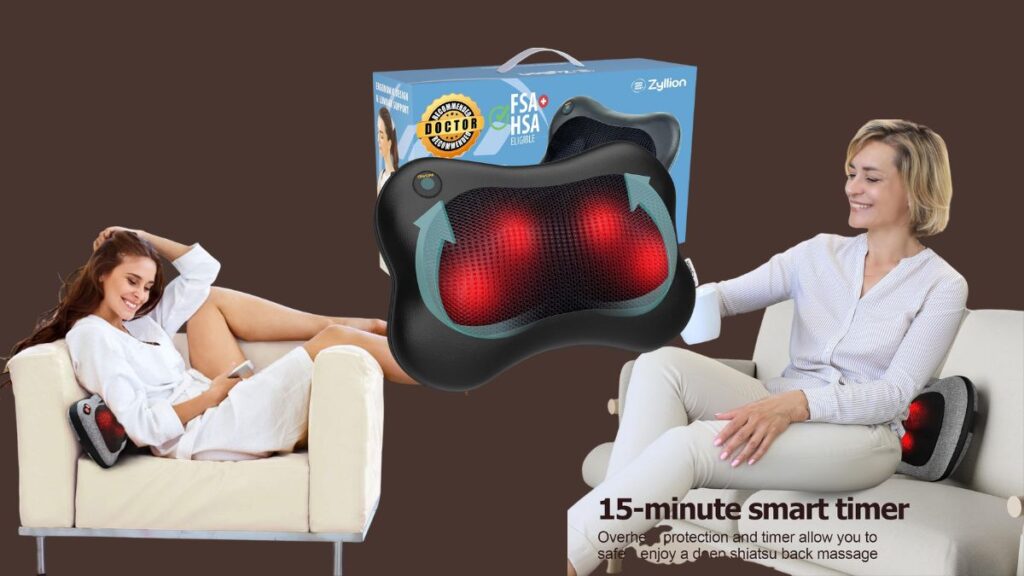
Better Sleep and Relaxation
Ever noticed how relaxed you feel after a massage? That’s because it activates your parasympathetic nervous system—the part responsible for rest and digestion. By promoting relaxation, a neck and shoulder massage can help you fall asleep faster and enjoy deeper, more restorative sleep. Many users of heated neck massagers report improved sleep quality and fewer nighttime awakenings.
Who Should Avoid Using Neck and Shoulder Massagers?
While neck and shoulder massagers can work wonders for most people, they’re not suitable for everyone. If used improperly or without medical consultation, they may worsen certain conditions or pose health risks.
Medical Conditions and Contraindications
Some health conditions make the use of massagers unsafe. If you suffer from the following, you should consult your doctor before using a massager:
- Heart conditions or pacemakers: The vibration or heat might interfere with medical devices.
- Severe osteoporosis: The pressure from kneading or shiatsu massagers can cause bone damage.
- Spinal injuries or slipped discs: Any kind of mechanical massage can potentially worsen these conditions.
- Varicose veins or deep vein thrombosis (DVT): Increased circulation might aggravate symptoms or dislodge clots.
- Skin infections or open wounds: Massage can irritate the skin further or spread infections.
- Cancer patients: Some therapies should be avoided depending on treatment types and tumor locations.
When to Consult a Healthcare Provider
Even if you’re generally healthy, it’s wise to talk to a healthcare provider if:
- You’re pregnant, especially in the first trimester.
- You’re experiencing unexplained or radiating pain in the neck, arms, or shoulders.
- You have diabetes, which can affect nerve sensitivity and cause unnoticeable injuries.
- You’re planning to use the massager daily or for long sessions.
It’s also essential to avoid overuse. More pressure doesn’t necessarily mean better results—sometimes it can cause inflammation or sore muscles. Follow manufacturer guidelines and listen to your body. If something feels off, stop and reassess.
In the right hands and with proper guidance, massagers are safe. But like any wellness tool, caution ensures you’re getting help, not harm.
Conclusion
In a world where physical tension and mental stress are unavoidable, investing in a quality neck and shoulder massager is more than a luxury—it’s a necessity. These devices offer a practical, accessible, and affordable way to experience the benefits of massage therapy without leaving your home or spending a fortune.
Whether you’re an athlete needing deep-tissue recovery, a desk worker combating poor posture, or just someone looking to relax after a long day, there’s a massager on this list tailored for you. From premium models like the Theragun Elite to budget-friendly options like the Viktor Jurgen Pillow, there’s something for every need and every budget.
Beyond the immediate relief they provide, regular use of a massager can lead to improved posture, reduced stress, better circulation, and enhanced sleep quality. Just remember—use them correctly, follow safety guidelines, and consult a medical professional if you have health concerns.
Your neck and shoulders carry the weight of your world. Isn’t it time you gave them the care they deserve?

FAQs
- Can I use a neck massager daily?
Yes, most neck massagers can be used daily, but it’s best to limit each session to 15–20 minutes. Overuse can lead to soreness or bruising, especially with deep-tissue or shiatsu models. Always follow the manufacturer’s guidelines.
- Are electric massagers safe for elderly people?
Generally, yes—but with caution. Elderly users should opt for gentler models with adjustable settings and consult their physician, especially if they have osteoporosis, fragile skin, or circulation issues.
- How long should each session last?
A typical massage session should last between 10 and 20 minutes per area. Many devices come with auto shut-off timers to prevent overuse. For best results, use 1–2 times per day.
- Do these devices help with migraines or tension headaches?
Yes, massaging the neck and shoulder area can relieve muscle tension that contributes to tension headaches. However, they should not replace medical treatment for chronic migraines or neurological conditions.
- Which massager is best for someone with chronic neck pain?
The Theragun Elite and Naipo Shiatsu Massager are great options for chronic pain, offering deep-tissue relief and heat therapy. However, it’s always best to consult a physical therapist or doctor for personalized recommendations.



